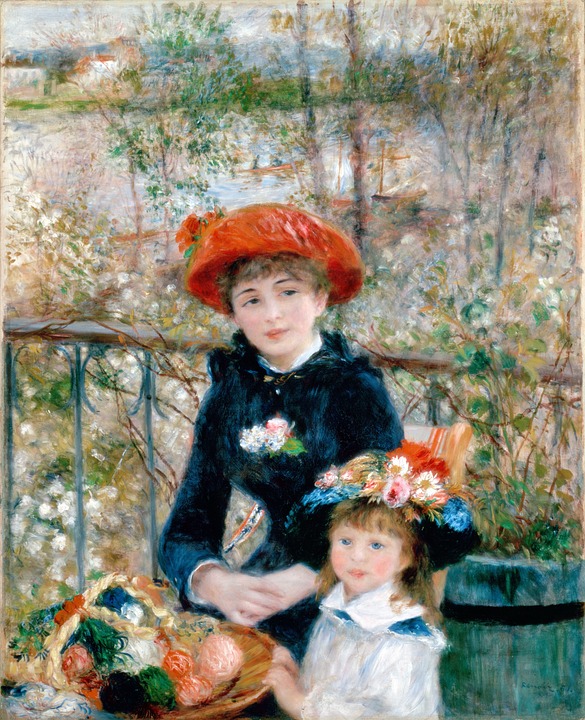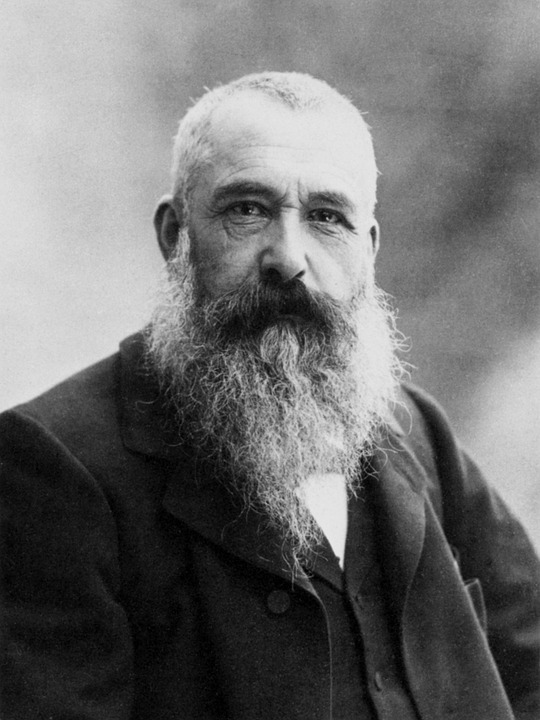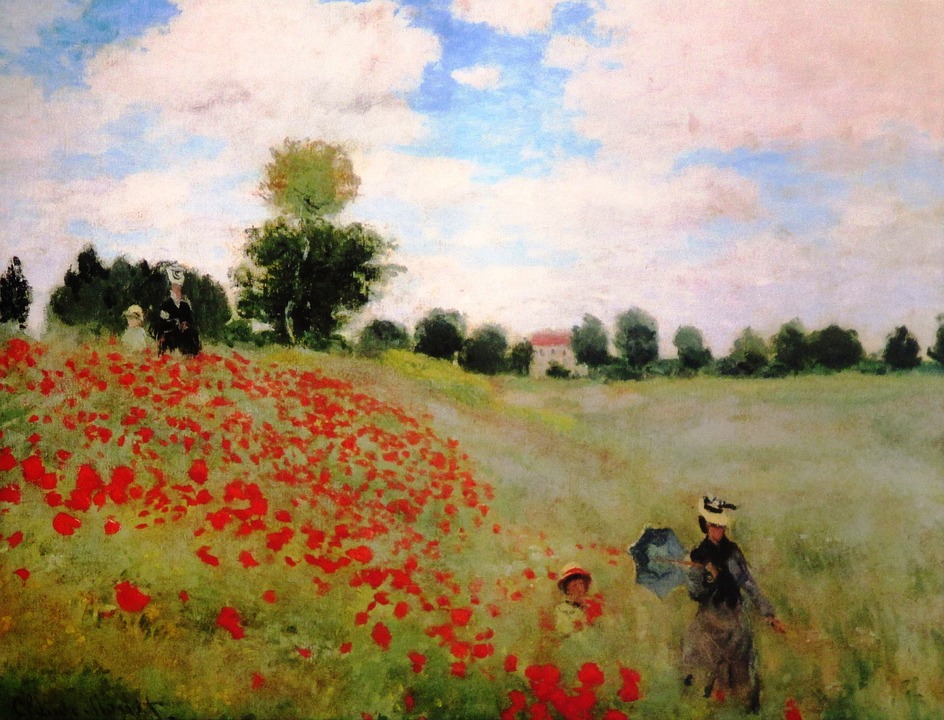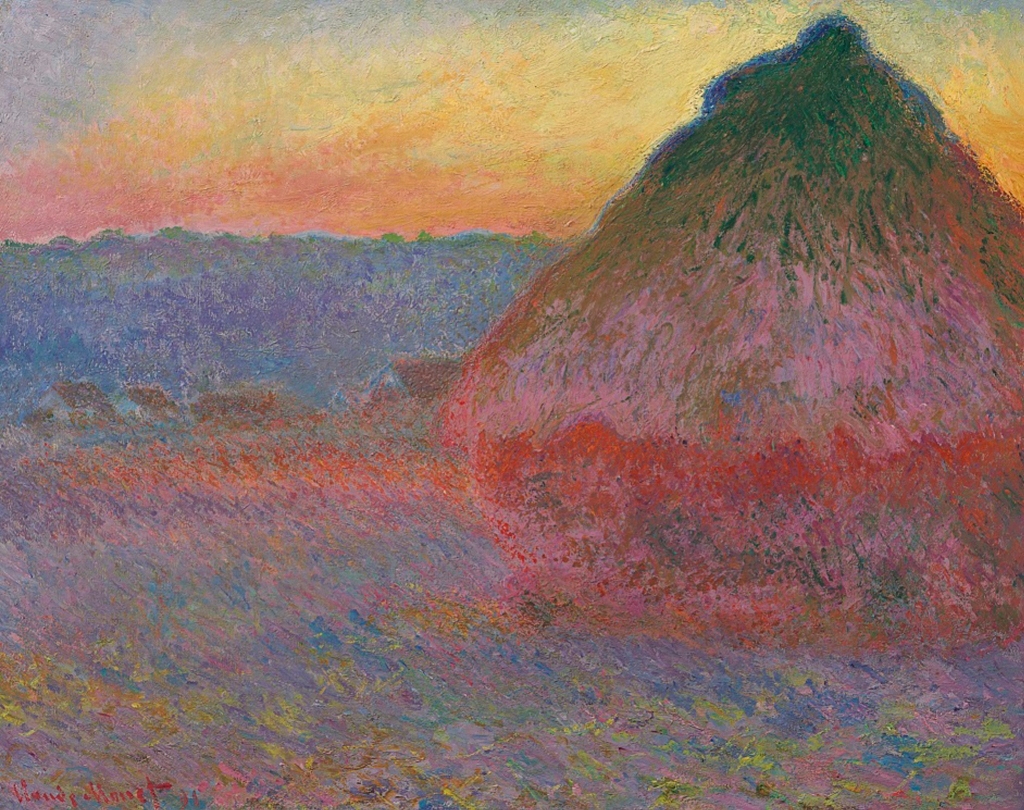Interesting Claude Monet Facts For Kids (2024 Updated!)
As with most famous painters, they sure lived interesting lives and Claude Monet is no exception.
Here we’ve got some really cool facts for you about this famous ‘impressionist’ painter to crack that next project, or to learn just for fun!
What do we know about the early life of this famous French artist?
Claude Monet was born on 14th November 1840 in Paris, France.
Claude Monet was named Oscar-Claude, and his parents called him Oscar Claude Monet. Isn’t it weird how everyone calls him Claude though and his parents called him Oscar Claude Monet? How bizarre!
When Claude Monet went to school he used to draw caricatures of his teachers! A caricature is a type of drawing where some facial features are made to look funny so it almost looks like a comic drawing!
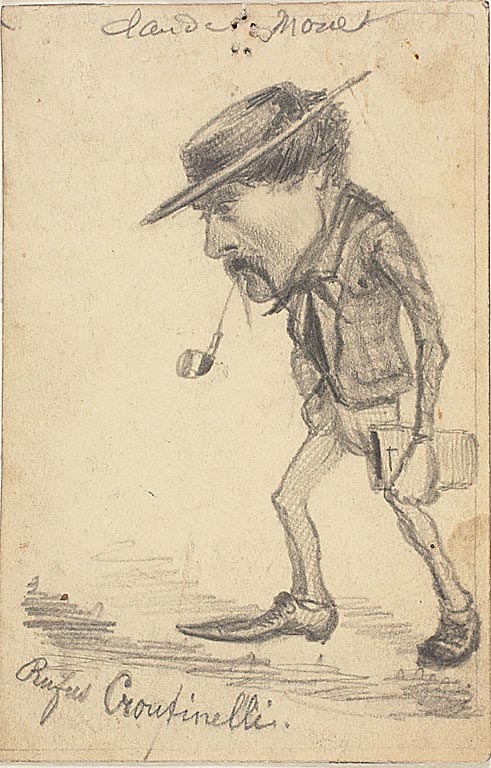
Monet’s father was a grocer and his mother was a singer. His dad wanted him to work with him, but Claude decided against it as he wanted to be an artist instead.
Here are some more Claude Monet facts for kids.
Monet At Art School
Claude Monet went to Le Harve School of Arts in 1851 and he still carried on drawing caricatures. Instead this time he used to sell his charcoal caricatures to help bring in some extra money.

Clever indeed! It would be cool to have a caricature done to see what you look like!
He was mentored by Eugene Boudin, who was one of the first landscape painters who actually painted outside. Wow! He taught Monet how to paint with oil paints, as well as how to paint outdoors.
Monet certainly liked to move around a lot! Claude Monet moved to England at the start of the Franco-Prussian War in 1870.
He was inspired by the work of John Constable, who was also a landscape painter. In May 1871 he moved to Zaandam in the Netherlands, before moving back to his home country in France in November 1871.
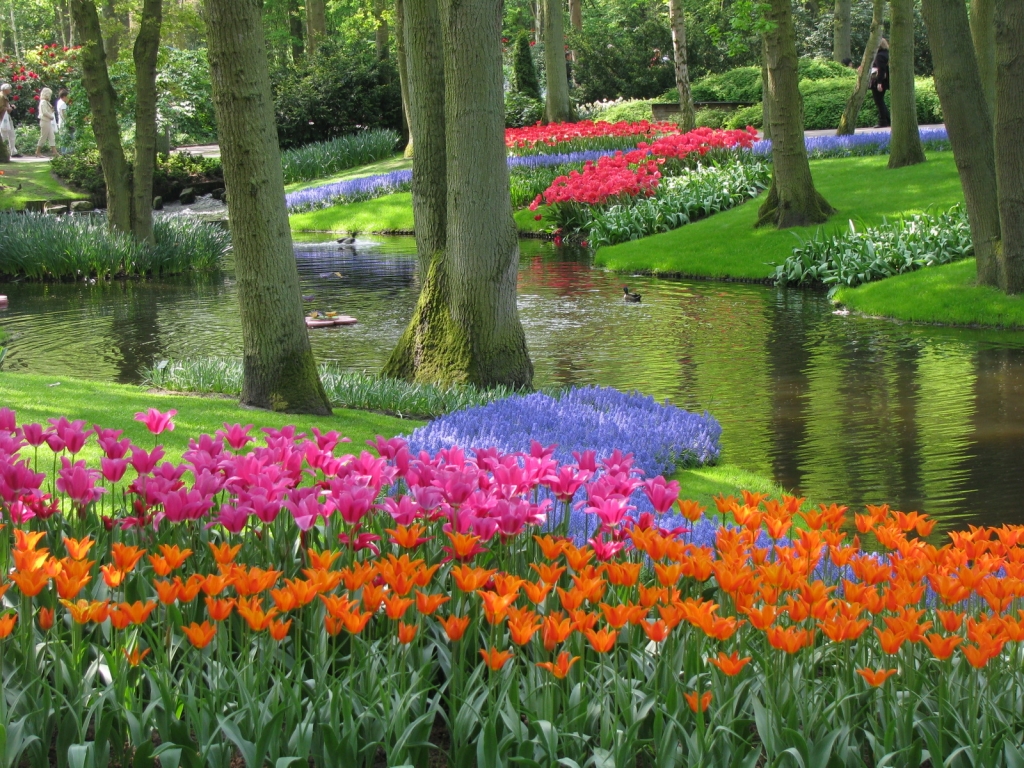
Monet married Camille Doncieux in 1870. They had two children and Camille died of tuberculosis aged just 32. That’s terrible!
Monet nearly went blind with cataracts. Cataracts make your eyes go all blurry. Luckily he didn’t as he had some surgery to remove them.
Before his operation all his paintings were redder than after he had his operation. How weird is that?
Claude Monet’s Health Problems
Claude Monet has experienced several health problems throughout his life. One of his most notable conditions was cataracts, which gradually affected his vision. Monet’s perception of colors and shapes changed as his eyesight deteriorated, leading him to adopt a more abstract and experimental approach to his art.
Additionally, Monet struggled with depression and emotional instability, likely exacerbated by personal tragedies and financial difficulties. Claude Monet faced the loss of loved ones, including his wife and son, which deeply affected him both emotionally and creatively.
Furthermore, Monet battled with rheumatism, which caused joint pain and limited his mobility. Despite these physical and mental challenges, he persisted in his artistic pursuits and continued to produce masterpieces until his death in 1926.
Monet’s health problems influenced his artistic style and the subjects he chose to depict. His unique brushwork and vibrant colors captured the fleeting effects of light and the ever-changing beauty of nature, leaving a lasting legacy in the art world.
How Long Did It Take Monet To Paint?
Claude Monet has dedicated considerable time to each of his artworks. On average, it took Monet several weeks to complete a painting. However, the exact duration varied depending on the piece’s subject matter, size, and complexity.
Monet’s working method involved capturing the fleeting effects of light and atmosphere, which required him to paint quickly and spontaneously. He often worked outdoors, directly observing his subjects and aiming to capture the immediate impressions they made on him.
Monet’s emphasis on capturing the moment led him to frequently rework his many paintings, revisiting them at different times of the day or year to capture changing light and atmospheric conditions. Claude Monet would paint multiple versions of the same subject, each with its own distinct qualities.

Some Notable Claude Monet Painting
Claude Monet is celebrated as a master of Impressionism. His notable works captivate viewers with their vibrant colors and atmospheric qualities.
Claude Monet Water Lilies series, created in his Giverny garden, is considered a masterpiece of the Impressionist movement. These paintings showcase his fascination with light and reflection, depicting serene ponds adorned with floating water lilies.
Another notable work by Monet is “Impression Sunrise,” which gave birth to the term “Impressionism.” This iconic piece exemplifies his ability to capture fleeting moments and the ever-changing nature of light and atmosphere.
Monet’s “Haystacks” series explores the effects of light and seasons on the landscape.
His “Rouen Cathedral” series focuses on the play of light on the architectural structure.
Monet’s unique brushwork, characterized by loose and expressive strokes, brought life and movement to his subjects. His innovative approach revolutionized the art world and influenced generations of artists. Claude Monet’s paintings continue to inspire and enchant art enthusiasts worldwide, showcasing his unparalleled talent for capturing the essence of nature and its fleeting beauty.
Monet And The Impressionist Movement
Claude Monet was the founder of the impressionist movement. The impressionist movement was all about capturing movement and changing light and color.
He did this in his paintings, and was less concerned about the paintings actually looking real.
He wanted to paint how humans look upon a scene, rather than what is actually there. How interesting is that?
Claude Monet is probably most well-known for his series of paintings of water lilies, but Monet painted many other landscapes and seascapes. It is also knows as Claude Monet Water Lilies.
For example, he produced a series of paintings of weeping willows – a tribute to the fallen French soldiers in World War 1.
Monet died on 5th December 1926. He had lung cancer and was 86. Claude Monet is buried in the Giverny cemetery.
Paintings by Claude Monet now sell for tens of millions of dollars. Claude Monet produced more than 1000 individual paintings during his career. Whoa…that is a lot of money and a lot of paintings too!
At one point, before his paintings started to sell, he became so upset about his financial situation he tried to commit suicide. Luckily, he didn’t succeed!
Claude Monet once said “Everyone discusses my art and pretends to understand, as if it were necessary to understand, when it is simply necessary to love.”
Frequently Asked Questions
1. What is Monet’s art style?
Monet’s art style, known as Impressionism, is characterized by its emphasis on capturing the fleeting effects of light and atmosphere. He employed loose brushwork, vibrant colors, and an emphasis on the play of light and shadow. Monet’s works often depicted landscapes, seascapes, and scenes of everyday life, focusing on capturing the immediate impression of a moment.
2. What was Monet’s last painting?
Monet’s last painting is known as “Water Lilies and Japanese Bridge” (also referred to as “Water-Lilies, Setting Sun”). Completed in 1926, a year before his death, it is part of his famous Water Lilies series. It depicts his beloved pond and garden at Giverny, capturing his impressionistic style and fascination with light and color.
3. How much is a Monet painting worth?
The value of a Claude painting can vary greatly depending on factors such as its rarity, condition, size, subject matter, and provenance. Some of Monet’s works have sold for tens of millions of dollars, while others have fetched hundreds of millions at auctions. An expert appraisal is necessary to determine the specific worth of a Monet painting.
Conclusion
In conclusion, the renowned French painter Claude Monet left an indelible mark on the art world with his innovative approach and unparalleled mastery of light and color, embodying the very essence of the Impressionist movement. Through his works, Monet challenged traditional artistic conventions, capturing fleeting moments and the ever-changing qualities of nature.
From his iconic series depicting water lilies to his enchanting landscapes, Monet’s paintings continue to captivate audiences, evoking a sense of tranquility and immersion in the natural world. In the article we have learned about some interesting facts about Claude Monet and his dedication to capturing the nuances of light and atmosphere paved the way for future generations of artists, leaving an enduring legacy that continues to inspire and influence the world of art.
Monet’s contributions to the Impressionist movement and his artistic genius have solidified his place as one of history’s most celebrated and influential artists.
